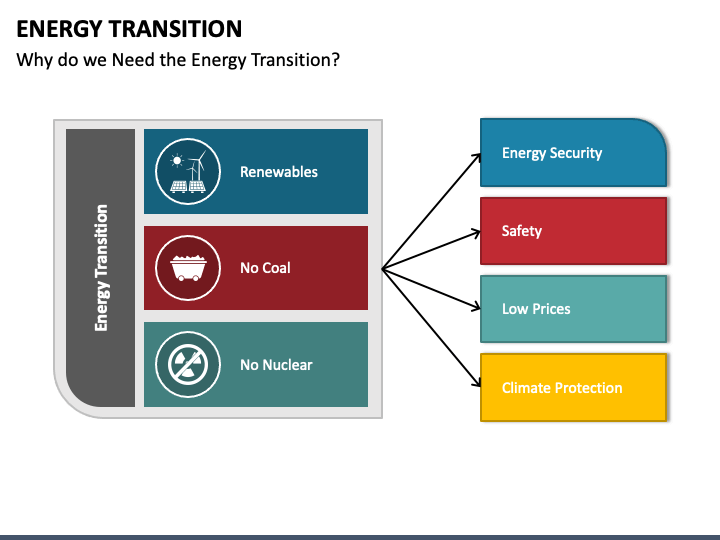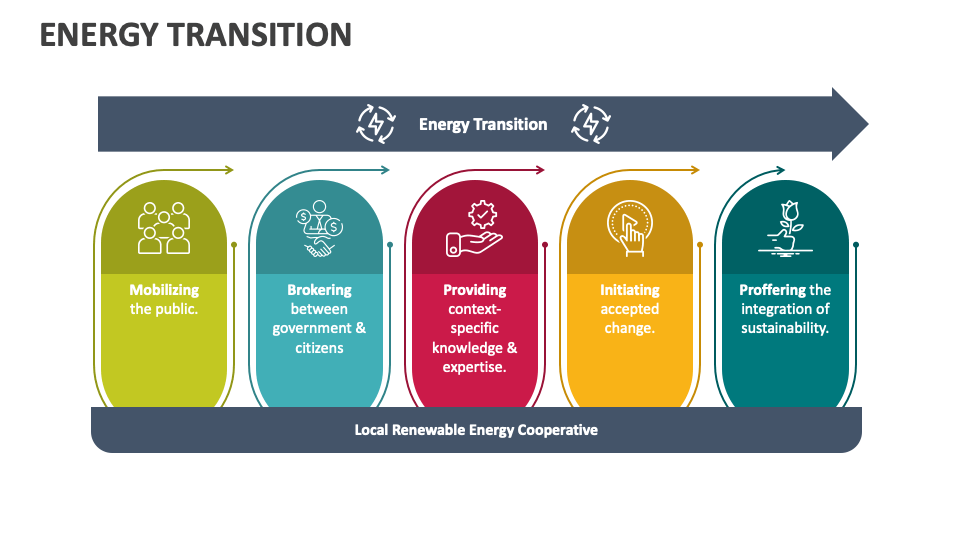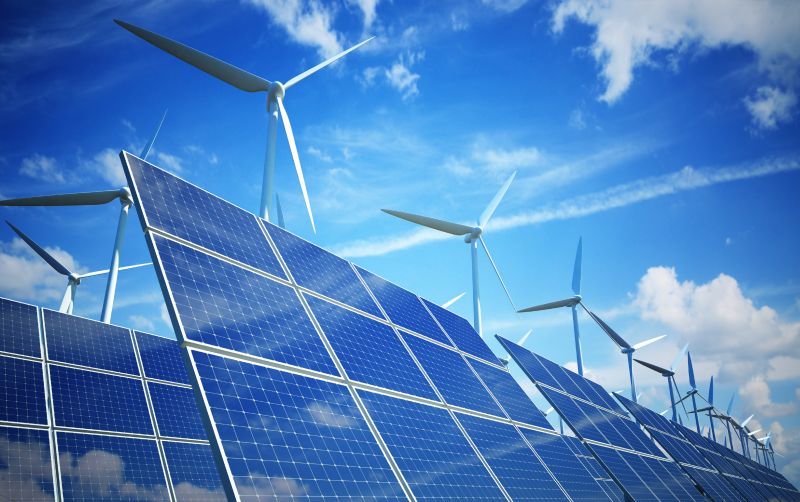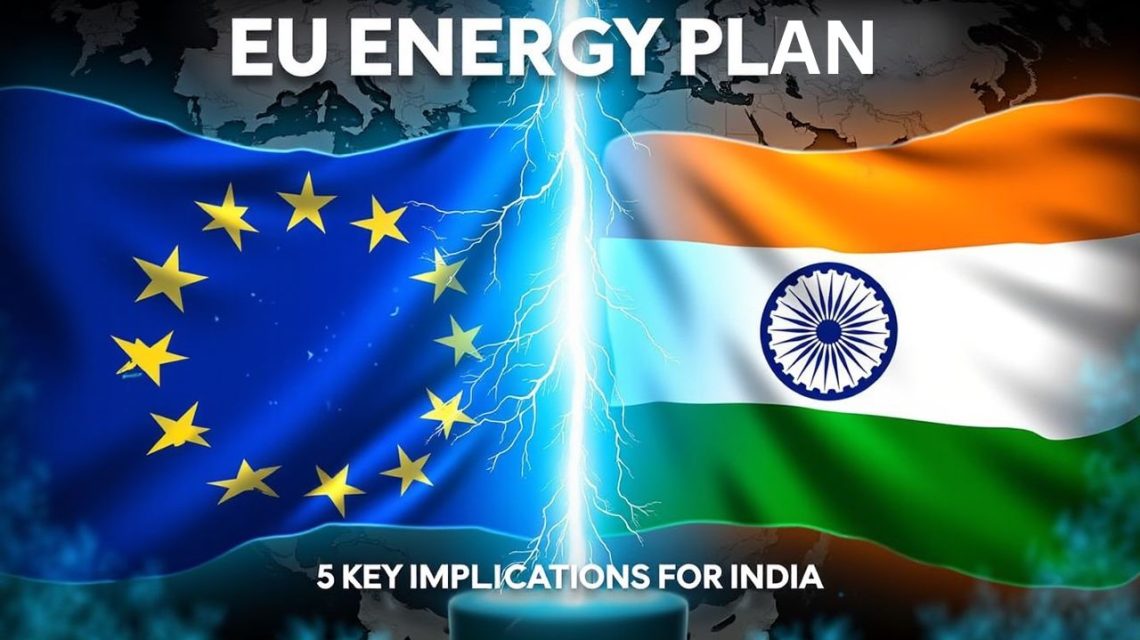The EU’s “Affordable Energy Action Plan” is reshaping the global energy transition. This blog explores its five key implications for India, highlighting both opportunities and challenges in securing affordable, clean energy.
Why Reflect on the EU’s Affordable Energy Action Plan?
At the G7 Summit Outreach Session in Italy, Prime Minister Narendra Modi emphasized India’s approach to the energy transition based on four key principles: availability, accessibility, affordability, and acceptability. His remarks highlight a crucial issue—while wealthy nations enjoy a high standard of living, they are now deeply concerned about the affordability of energy for their citizens. This underscores the true scale of the problem.
Too often, discussions on climate change and environmental sustainability overlook the vital issue of affordability, both for the common citizen and small businesses (MSMEs). Conversations tend to focus on reducing carbon emissions and tackling visible environmental challenges, but they miss a key reality—energy poverty.
The Reality of Energy Poverty
In India, energy poverty is a hidden crisis that rarely finds space in public discussions. For instance:
A PM-Ujjwala beneficiary switching back to biomass cooking due to high LPG refill costs is a direct sign of Energy Action Plan poverty.
MSMEs relying on diesel generators due to unreliable electricity supply lose their market competitiveness, pushing them further into economic hardship.
Even discussions on just transition are often narrow in scope, mostly centered around the coal-based economy. While this is a valid concern, it is not the only challenge. The real conversation should expand to include how clean energy transition can actually help solve issues like energy poverty, inequality, and industrial competitiveness.

Energy Access: A Basic Right, Not a Luxury
As climate change worsens extreme weather events, the demand for electricity will naturally rise. The increased use of air conditioners and coolers to cope with heat stress is no longer a luxury—it is an equity issue.
The European Union recognizes this in its stance on energy poverty, stating:
We need energy to ensure sufficient levels of heating, cooling, and lighting in our homes to maintain a decent standard of living and protect our health Energy Action Plan.
India must take a similar approach, ensuring that clean energy is both accessible and affordable. This includes not just increasing supply but also promoting energy-efficient appliances, equipment, and sustainable buildings, including in the affordable housing sector.
A Way Forward: Learning from the EU Model
India can draw inspiration from the EU’s Social Climate Fund, which supports vulnerable communities and small businesses during the clean energy transition. Energy Action Plan A similar dedicated fund in India could provide targeted financial aid to those most affected by the shift to renewable energy.
Additionally, India’s Long-Term Low-Carbon Development Strategy (LT-LEDS) already emphasizes equity, inclusiveness, and gender dimensions, but affordability is not explicitly mentioned. It is time to bring affordability into the conversation—because our ability to decarbonize depends on making clean energy accessible and affordable for all Energy Action Plan.
Defining ‘Affordability’ in the Energy Transition
A key challenge is defining affordability—is it just about financial cost, or should it also include wider economic, environmental, and social impacts?
A clearer definition would help shift the debate from providing “cheap energy” to providing “affordable but clean energy”. This is where political will plays a crucial role. Instead of offering short-term freebies like free electricity, political parties should focus on long-term structural reforms that improve:
– Energy efficiency at all levels—from generation to distribution
– Financial health of power distribution companies Energy Action Plan
– Sustainable infrastructure to ensure reliable, clean, and affordable energy for all

This plan, designed to mitigate the impact of rising energy prices and bolster energy independence, holds significant implications for nations worldwide, including India.
Decoding Europe’s Energy Shift: 5 Lessons for India’s Clean Future
The EU’s “Affordable Energy Action Plan” isn’t just a European story; it’s a global playbook for navigating the turbulent energy transition. For India, a nation striving for both rapid economic growth and sustainable development, understanding this plan is crucial. Here are five key implications, highlighting both opportunities and challenges:
1. Diversification is Non-Negotiable:
EU’s Approach: The EU is aggressively diversifying its energy sources, moving away from reliance on single suppliers.
India’s Takeaway: India, too, needs to accelerate diversification. This means not only expanding solar and wind capacity but also exploring green hydrogen, bioenergy, and potentially, responsibly managed nuclear energy. Reducing dependence on imported fossil fuels is paramount for energy security and affordability.
2. Energy Efficiency: The Low-Hanging Fruit:
EU’s Approach: The plan emphasizes energy efficiency measures across buildings, industries, and transportation.
India’s Takeaway: India can significantly reduce energy demand through efficiency improvements. Implementing stricter building codes, promoting energy-efficient appliances, and investing in public transportation are crucial steps.
3. Empowering Consumers: The Key to Acceptance:
EU’s Approach: The plan focuses on empowering consumers to participate in the energy transition through smart meters and demand-side management.
India’s Takeaway: India needs to engage consumers actively. Promoting rooftop solar, providing clear information on energy bills, and creating incentives for energy savings will build public support for the transition.
4. Strategic Partnerships: Navigating Global Volatility:

EU’s Approach: The EU is forging strategic partnerships with reliable energy suppliers.
India’s Takeaway: India must strengthen its international collaborations to secure access to critical minerals, renewable energy technologies, and green finance.
5. Protecting Vulnerable Populations: A Just Transition:
EU’s Approach: Energy Action Plan The plan includes measures to protect vulnerable households from rising energy prices.
India’s Takeaway: India must ensure a just transition that protects low-income communities. This means providing targeted subsidies, creating green jobs in affected regions, and investing in social safety nets.
Challenge: Balancing economic growth with social equity will require careful policy design and implementation.
The EU’s action plan provides a valuable Energy Action Plan framework for India. By adapting these strategies to its unique context, India can accelerate its clean energy transition, ensuring a secure, affordable, and sustainable energy future for all its citizens.



GOOD!
Wonderful!
good!